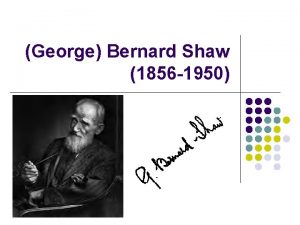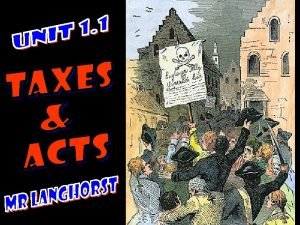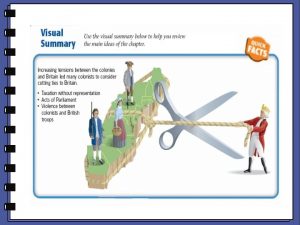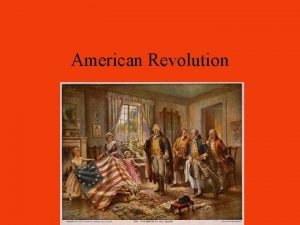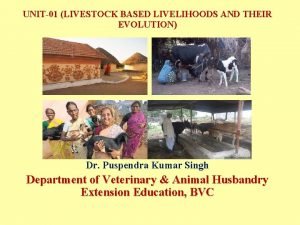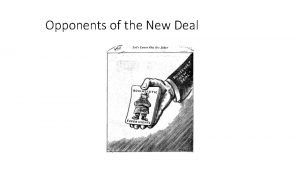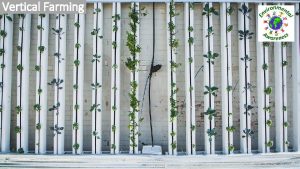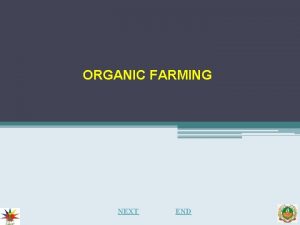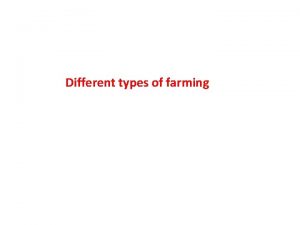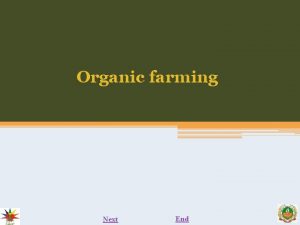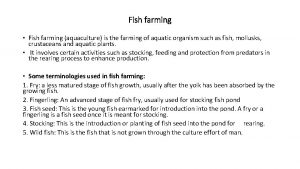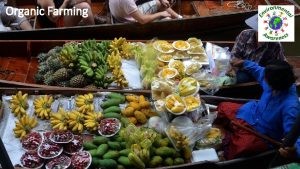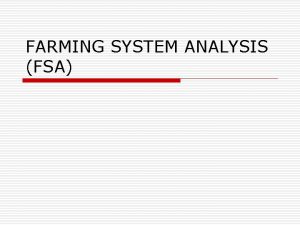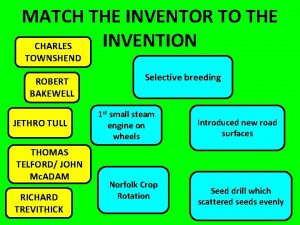New Farming Methods The fourfield system Charles Townshend













- Slides: 13

New Farming Methods:

The four-field system: • Charles Townshend introduced a new system of crop rotation by using four crops. • This had been developed in Holland during the 17 th century. • It was called the four-field system or Norfolk system. • There was a cycle of crops in each field.

Fun Fact: • Charles Townshend was called ‘Turnip’ Townshend because he used turnips when rotating crops.

Crop Rotation:

Advantages of the four-field system: • Turnips / Grass restored nutrients to the soil. • Food supply increased as no fields where left to fallow. (fallow means unproductive). • Cattle now didn’t have to be killed each winter as turnips / hay were used to feed them. • As a result, fresh meat was available all year round and there was now enough meat to feed an increasing population.

Enclosure: • The success of the four-field system meant that problems with the open-field system became obvious. • Landlords forced their tenants to accept a new system of farming called enclosure. • Laws were passed in the British parliament to enable this. (Enclosure Acts). • Each tenant’s strips of arable (crop-growing) land / commons (wasteland) were brought together into a single farm. • Fences / hedges were used to enclose the farm.

Before and after Enclosure: Can you spot any differences?

Advantages of Enclosure: • • • Reduced the spread of weeds and disease. Increased food supply / number of cattle. Farmers could use new methods of farming. More food could be produced. Tenants / Landlords became better off. Landlords could charge higher rents.

Disadvantages of Enclosure: • Small farmers couldn’t afford the cost of enclosure. • They didn’t have the money to plant hedges / dig drains. • They were unable to pay the higher rents. • They sold their farms and moved to the towns / cities to work in the factories. • Labourers never had land, they lost their grazing rights on the commons. • New machinery put them out of work and as a result, they also moved to the industrial towns / cities in search of employment in the factories.

Selective Breeding: • Now that farms were enclosed, the number of cattle / sheep grew as disease couldn’t spread as easily. • However, the size of the animals was still the same. • Robert Bakewell took the largest ewe / largest ram and he bred them. • This produced larger lambs. • This was repeated year after year and the size of sheep increased. • The size of horses / cattle also increased due to selective breeding. • The weight of cattle / sheep more than doubled in the 18 th century.

Robert Bakewell:

Selective Breeding:

Spot the difference:
 Lllbbc
Lllbbc Townshend act
Townshend act Townshend act clipart
Townshend act clipart Why did the colonists hate the proclamation of 1763
Why did the colonists hate the proclamation of 1763 Where did the townshend act take place
Where did the townshend act take place Townshend acts
Townshend acts Spain and portugal
Spain and portugal Maya medicine
Maya medicine Subsistence farming 13 colonies
Subsistence farming 13 colonies Charles manson childhood
Charles manson childhood Wax pattern fabrication
Wax pattern fabrication Importance of farming system
Importance of farming system They are playing football
They are playing football New deal critic dr francis townsend
New deal critic dr francis townsend
